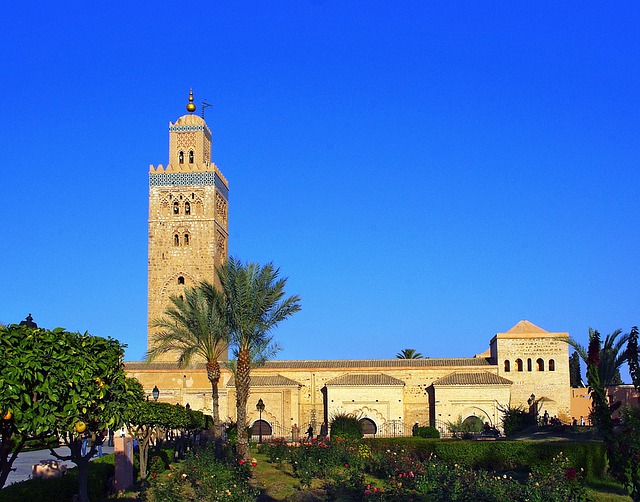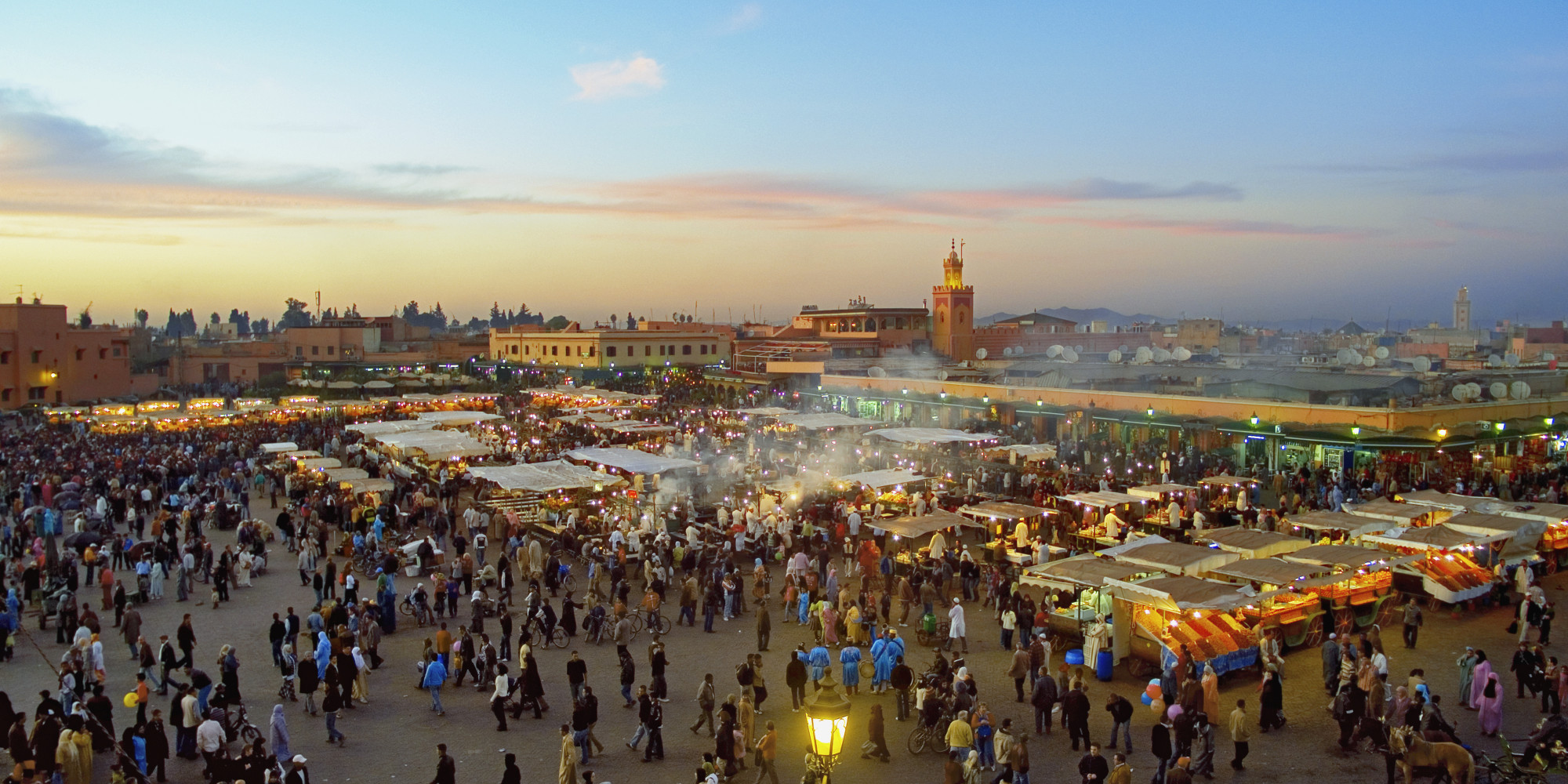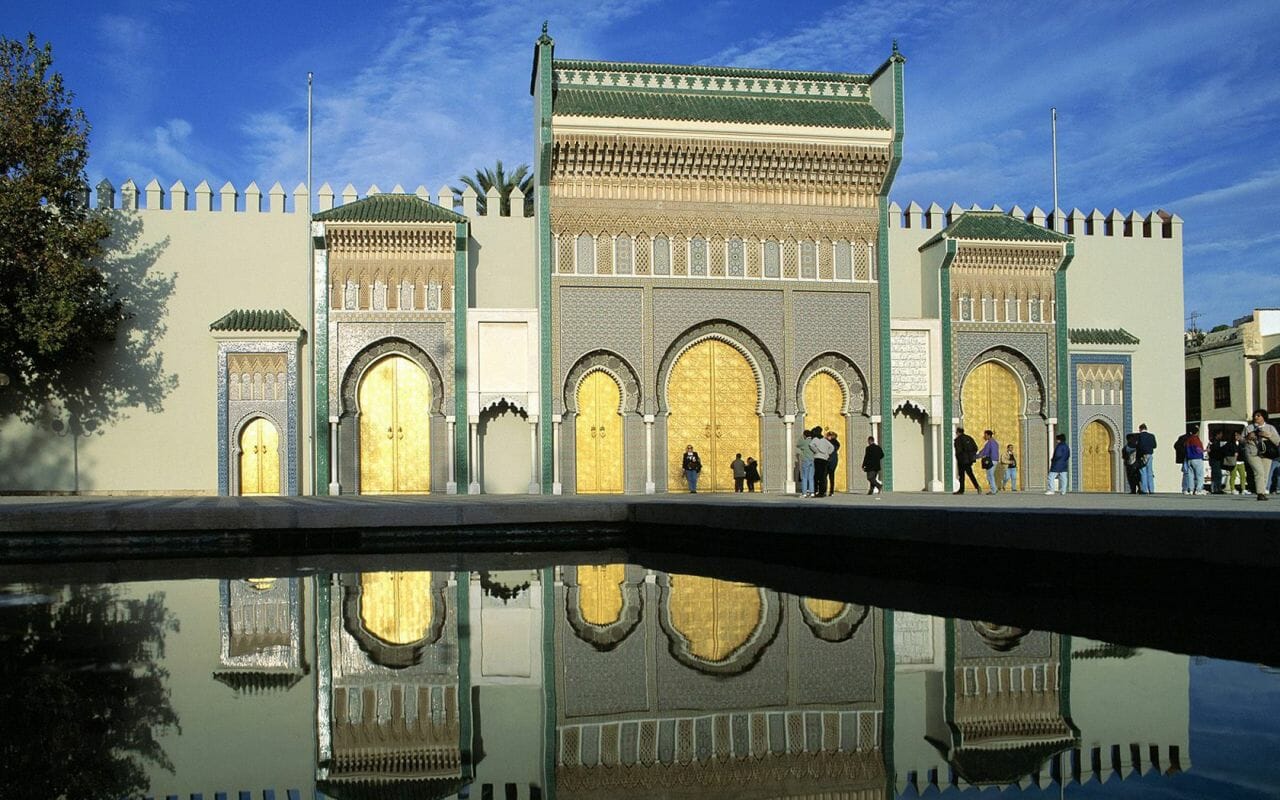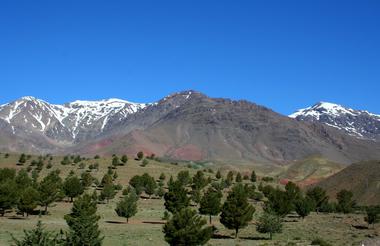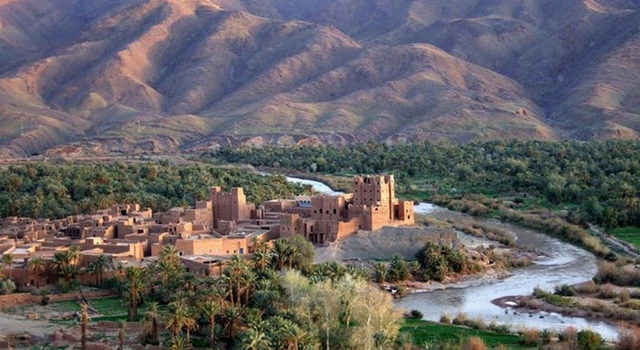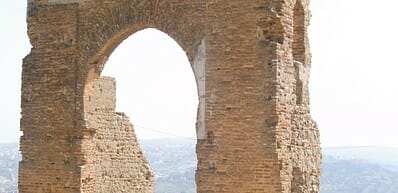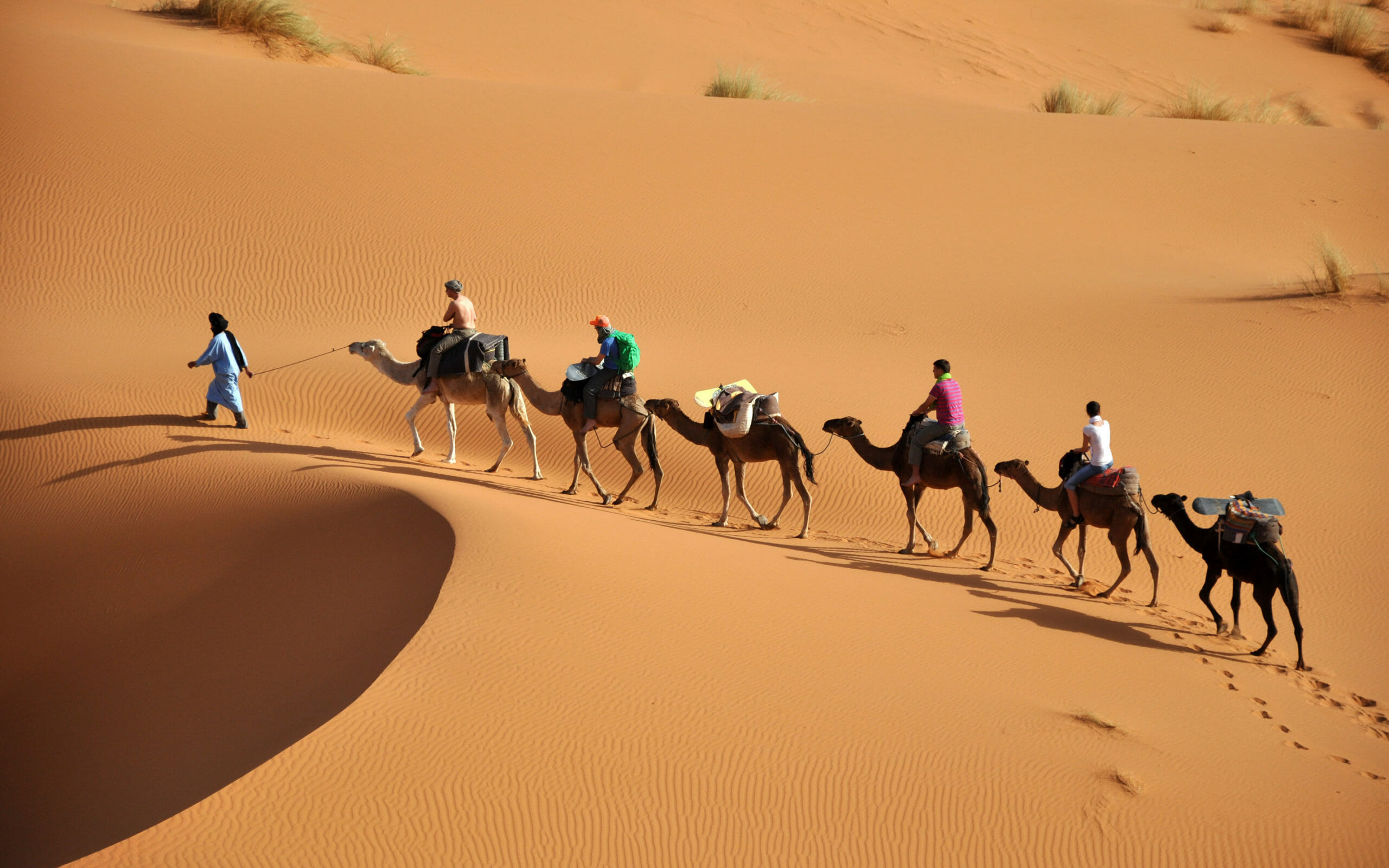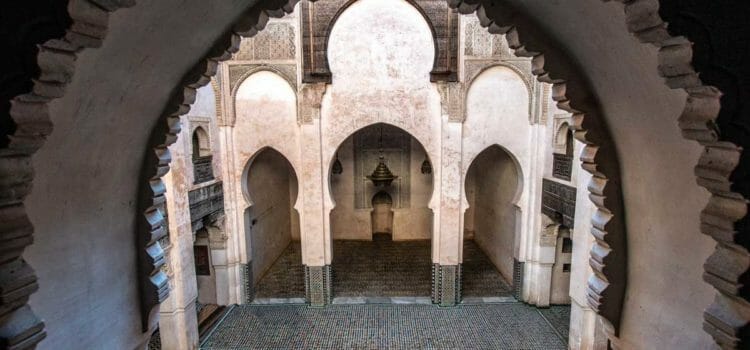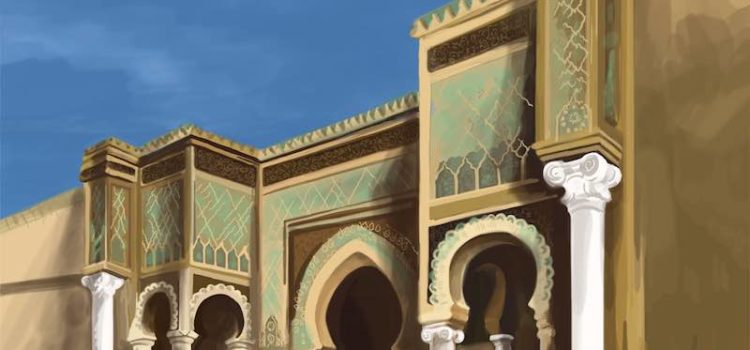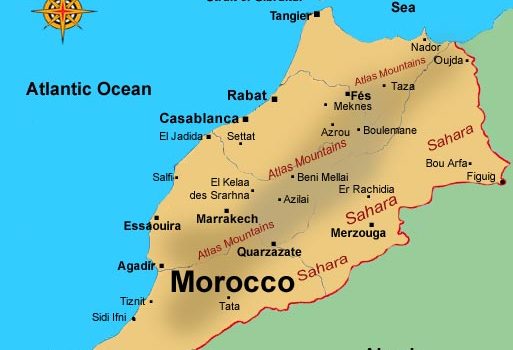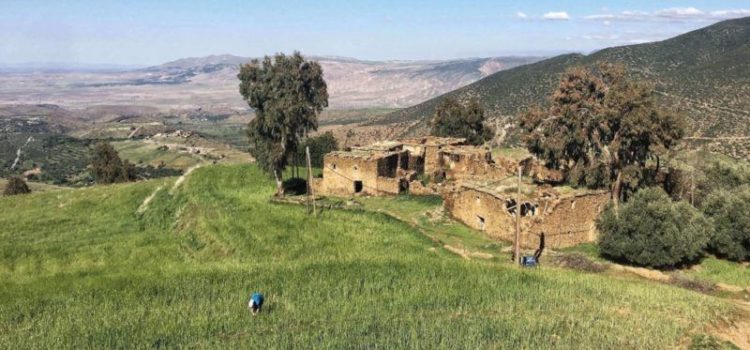Berber Nomad Families

The official name of Berber tribes in Morocco is actually Amazigh, a word which means “free people.” The Amazigh are scattered across Northern Africa, where they are more than 50 million, and around 15 million of them live in Morocco.
The name Berber derives from the word “Barbarian” and in general the Amazigh don’t like to be referred to as Berbers. In reality, the word Barbarian derives from the Greek “barbaroi” or the Latin “Barbari” and in the common use during the time of the Roman Empire it meant “foreigner” and was used to refer to anybody who was not from Rome, and not intended in an insulting way. The Arabs used it to refer to people who spoke a language other than Arabic.
Though most Amazigh also speak Arabic, in reality their language is Tamazigh, of which there are several dialects and varieties. The language was officially recognized with the new Moroccan Constitution in 2011, but to date no law that implements the changes and that pushes for the use of Amazigh in public life and education has been passed.
On occasions, some people who have spent time in France they speak French – but in general you will need an interpreter and a local guide to be able to communicate with the Amazigh.
The Amazigh main source of income is agriculture and cattle farming. Most men are shepherd and move around with their animals in search of pastures. At times they are gone for days and even weeks with their animals. Women usually look after the children and the house.
Both men and women wear traditional clothes and they are Sunni muslim.
Though most Amazigh live in very modest clay houses with little comforts, with time some have managed to build bigger homes with modern touches. Electricity made it to this part of Morocco no more than 10 years ago, and running water at times is not a thing.
A typical house consists of a kitchen and several rooms which are often scattered around an internal patio – one of them is a living room, with lots of stools and couches: this is where guests are welcomed. The bathroom is usually very modest and consist of a squat toilet and a sink (at times there’s not even that). The most comfortable houses have a hammam, which is what the Amazigh use to traditionally wash themselves.
The Amazigh don’t use cutlery and dishes for their food, but typically eat out of the clay pot used to prepare the food – the tajine – scooping up the food with bread. When eating couscous they use a spoon.
The one thing that is constantly pouring in Berber villages in Morocco is tea. It’s not even remotely close in taste to what you may be accustomed to, and it is serious business here – the procedure to prepare a proper pot of tea is quite elaborate and the end result absolutely delicious. You will be able to try the typical mint tea or an even more fragrant tea with herbs.
The Amazigh people are incredibly friendly. Whether you visit one of the wealthiest family or one of the more modest ones, they will make it a point to welcome you with tea, snacks, and to show you around their house. On some occasions, they will even show your their best dresses and ask you to try them on, and then pose for photos with you.
